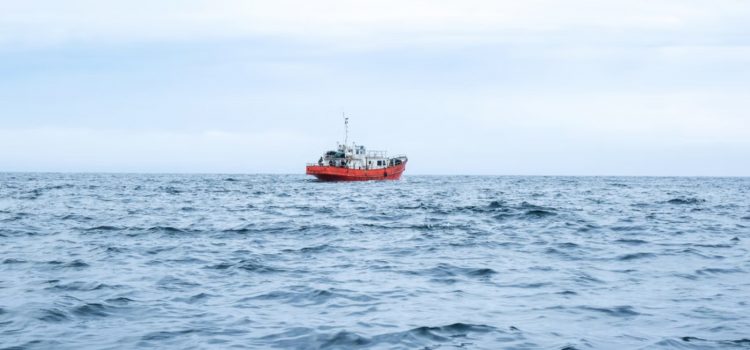

This article is an excerpt from the Shortform book guide to "Endurance" by Alfred Lansing. Shortform has the world's best summaries and analyses of books you should be reading.
Like this article? Sign up for a free trial here .
When did the Imperial Trans-Antarctic Expedition start? How far did the crew go before running into their first problem?
The book Endurance tells the story of British explorer Ernest Shackleton and his 27 men who, in 1914, set out to cross Antarctica on foot. Five months into the expedition, the ship became trapped between ice floes and forced the crew to abandon the ship.
Keep reading to learn more about how the imperial trans-antarctic expedition started and when it ran into trouble.
Kicking Off the Expedition
The Imperial Trans-Antarctic Expedition set out from London on August 1, 1914. (Three days after the Endurance sailed from London, Great Britain declared war on Germany in what would become known as World War I.) The Endurance made the trip across the Atlantic without Shackleton because he had stayed behind to deal with financial matters. The entire crew met in Buenos Aires, Argentina, and this is where their adventure began.
(Shortform note: Lansing cites August 1, but other sources record the date of departure as August 8. However, they don’t mention that Shackleton had stayed behind in London while the Endurance crossed the Atlantic.)
The Endurance sailed from Buenos Aires on October 26 and arrived at South Georgia Island in the South Atlantic Ocean on November 5. The whalers on South Georgia warned Shackleton that the ice conditions were worse than ever and suggested they wait until conditions improved before beginning their journey. Shackleton decided to stay for a while and took the opportunity to learn from the locals about the environment they would be venturing into. Lansing argues that what Shackleton learned about the behavior of the ice packs and wind allowed him to plan his next moves.
(Shortform note: The month Shackleton and his crew spent on South Georgia was useful for several reasons. It helped them learn about the ice and wait for the waters to become more navigable, which was important since the South Atlantic is famously stormy because of the temperature contrast between the warm open sea and icy Antarctica. The month spent on the island also allowed them to build bonds with the whalers who lived on South Georgia, whose help they would need two years later.)
Sailing Toward Vahsel Bay
The Imperial Trans-Antarctic Expedition set sail toward Vahsel Bay on the Antarctic coast on December 4. On December 7, they encountered their first ice. Lansing describes how it took them 12 hours to safely go around their first floe (a sheet of floating ice) and two weeks to get through the larger ice pack, slowing their progress significantly. January brought younger ice that was easier to pass through, and they could run at full speed. On January 12, 1915, they were less than 200 miles from Vahsel Bay, where they planned to land the team that would cross Antarctica.
(Shortform note: The ice packs that accumulate around the continent of Antarctica cause it to double in size each year as it approaches winter. The ice packs that form can be anywhere from a few millimeters to 13 feet thick, depending on how long they’ve assembled and how low the temperatures have dropped.)
Dealing With the First Problems
On January 16, the Endurance became trapped between ice floes. For two days, they couldn’t move because of a powerful gale. However, the gale moved the ice and on January 18, they passed through the floes. But in the afternoon of the same day, they found themselves trapped again, this time by a soft, snow-like pack. They could see the open ocean on the other side, so they tried to get through but again ended up trapped between two ice floes.
Over the next six days, the gale packed ice all around the Endurance. A powerful wind from the north had moved the packs in the direction of the continent. The only way out for the Endurance was an equally powerful gale from the south.
Lansing makes clear that there was no possibility of rescue for the crew. They had no radio transmitters to ask for help, and even if they managed to contact someone, there was no means of transportation that could reach them and get them to safety.

———End of Preview———
Like what you just read? Read the rest of the world's best book summary and analysis of Alfred Lansing's "Endurance" at Shortform .
Here's what you'll find in our full Endurance summary :
- The story of the Endurance, an expedition ship that sunk on its way to Antarctica
- The crew's journey of survival and their search for rescue
- How Ernest Shackleton lead the crew to safety






